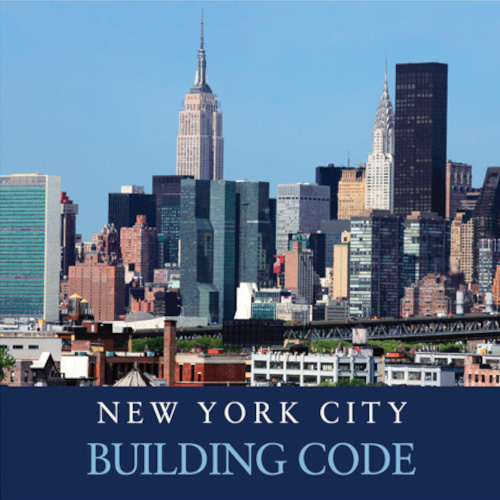
Landlords who illegally carve out additional dwelling units in residential buildings put lives at risk. MODA built a model to help building inspectors visit the most dangerous locations first.
Overview
Some landlords, hoping to increase rent revenue, modify their buildings to create additional housing units without City approval. Known as “illegal conversions,” this illicit construction puts lives at risk. After five people were killed in fires during the spring of 2011, the City convened an interagency Task Force to tackle the issue.
The Department of Buildings (DOB) receives roughly 25,000 illegal conversion complaints per year, yet has only about 200 inspectors to handle them. MODA partnered with DOB and the Fire Department of New York (FDNY) to help prioritize inspectors’ time.
I. Scoping
What is the analytics question?
When City leadership created the Task Force in early 2011, public concern was riding high. A 2009 fire in Woodside, Queens had killed three and injured dozens, including first responders. Press reports revealed that many illegally converted dwellings had hazardous conditions such as portable hotplates, loose extension cords, locked interior doors, and lack of fire exits.
MODA engaged subject matter experts at DOB and FDNY to identify how data analytics could add value to their existing enforcement operations. Inspectors could only visit a limited number of addresses per week. DOB and FDNY requested a tool that could be used alongside their expert judgment to choose addresses for the joint Task Force to visit. To optimize their time, MODA helped define a narrow goal for analysis.
Analytics Question: Which illegal conversions complaints have the highest likelihood of fire?
II. Data
What data is required?
On a site visit with MODA analysts, the Task Force’s chief inspector shared his intuition that recently renovated brickwork indicated the building owner had exerted a certain level of effort on the property. To MODA, this signalled that analysts should identify data indicating landlord care and attention,such as a facade renovation permit, or landlord financial distress, such as recent tax liens.
MODA created a comprehensive dataset from five years of FDNY fire incident data, ranked by severity of the incident, and building characteristics, construction, and violations data from 19 other City agencies. In particular, the team relied on building code violations, 311 service requests, and PLUTO, which provides building attribute and land use information for tax lots.
III. Analysis
What data analysis is applicable?
Using individual tax lots as the unit of analysis, the team examined how the incidence of fire was related to the building features they had constructed.
MODA found that certain features were strongly associated with buildings where fires had occurred. These features included building age, origin of the complaint, property value, size of property, whether the building had a history of unpaid taxes or mortgage liens, and whether DOB had received previous complaints about the building.
IV. Pilot
How can the analysis improve the operation?
DOB and FDNY leadership and inspectors welcomed the model and the relationships that it had uncovered. The DOB’s Borough Command for Queens piloted the tool in a 60-day trial, during which MODA emailed a daily list of prioritized complaints.
V. Handoff
Is the model sustainable?
Illegal conversion complaints had previously been investigated in the same order that they were received via 311, the City’s hotline and website for New Yorkers to report concerns. By pulling out the top 5% of high risk complaints for inspection by a dedicated Illegal Conversions Task Force, inspectors have been able to address dangerous situations more quickly. The model has been credited with allowing inspectors to find the most dangerous buildings with fewer inspections.
As of September 2018, the MODA team is revisiting the fire risk model to incorporate lessons from practice and new research. The new model, code, assumptions, and performance will be shared on the Project Library.